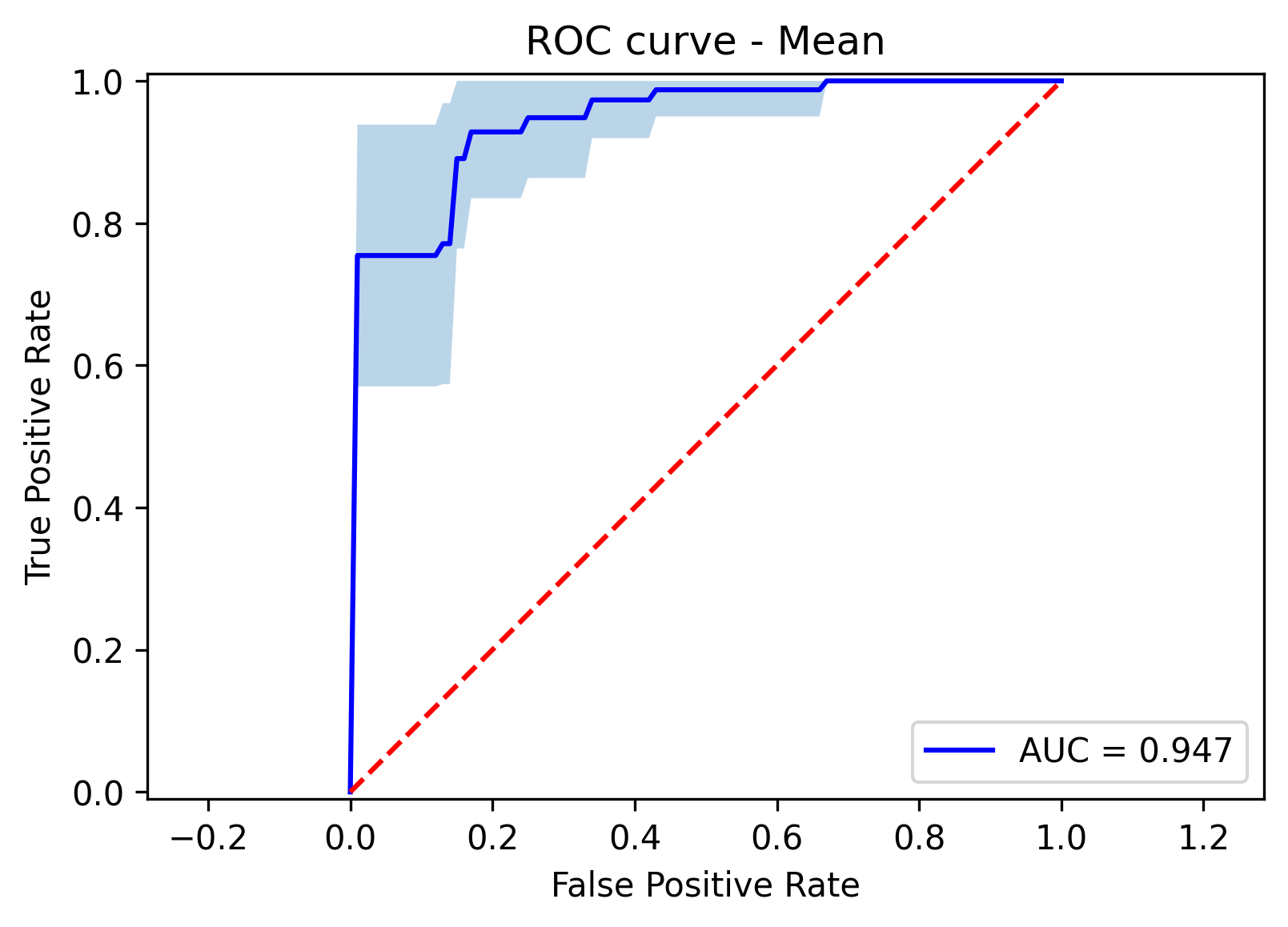Abstract
 Objective To improve upon prior attempts to predict which patients will pass their obstructing ureteral stones, we developed a machine learning algorithm to predict the passage of obstructing ureteral stones using only the CT scan at a patient’s initial presentation.
Methods We obtained Institutional Review Board approval to conduct a retrospective study by extracting data from all patients with an obstructing 3-10mm ureteral stone. We included patients with sufficient data to be categorized as having either passed or failed to pass an obstructing ureteral stone. We developed a 3D-Convolutional Neural Network (CNN) model using a dynamic learning rate, the Adam optimizer, and early stopping with 10-fold cross-validation. Using this model, we calculated the area under the curve (AUC) and developed a model confusion matrix, which we compared with a model based only on the largest dimension of the stone.
Results 138 patients met inclusion criteria and had adequate images that could be preprocessed and included in the study. 70 patients failed to pass their ureteral stones, and 68 patients passed their stones. For the 3D-CNN model, the mean AUC was 0.95 with an overall mean sensitivity of 95% and mean specificity of 77%, which outperformed the model based on stone-size.
Conclusion The 3D-CNN model predicts which patients will pass their obstructing ureteral stones based on CT scan alone and does not require any further measurements. This can provide useful clinical information which may help obviate the need for a delay in care for patients who inevitably require surgical intervention.
Objective To improve upon prior attempts to predict which patients will pass their obstructing ureteral stones, we developed a machine learning algorithm to predict the passage of obstructing ureteral stones using only the CT scan at a patient’s initial presentation.
Methods We obtained Institutional Review Board approval to conduct a retrospective study by extracting data from all patients with an obstructing 3-10mm ureteral stone. We included patients with sufficient data to be categorized as having either passed or failed to pass an obstructing ureteral stone. We developed a 3D-Convolutional Neural Network (CNN) model using a dynamic learning rate, the Adam optimizer, and early stopping with 10-fold cross-validation. Using this model, we calculated the area under the curve (AUC) and developed a model confusion matrix, which we compared with a model based only on the largest dimension of the stone.
Results 138 patients met inclusion criteria and had adequate images that could be preprocessed and included in the study. 70 patients failed to pass their ureteral stones, and 68 patients passed their stones. For the 3D-CNN model, the mean AUC was 0.95 with an overall mean sensitivity of 95% and mean specificity of 77%, which outperformed the model based on stone-size.
Conclusion The 3D-CNN model predicts which patients will pass their obstructing ureteral stones based on CT scan alone and does not require any further measurements. This can provide useful clinical information which may help obviate the need for a delay in care for patients who inevitably require surgical intervention.